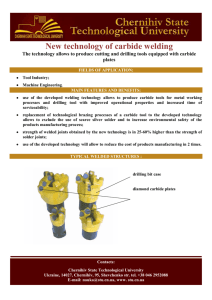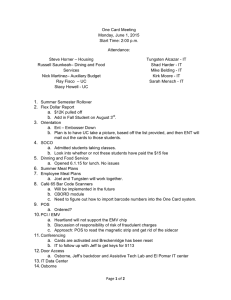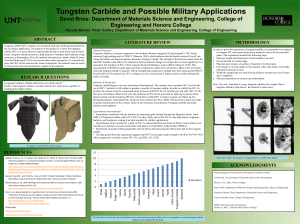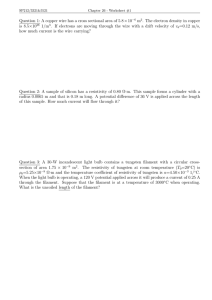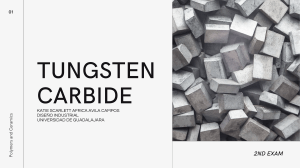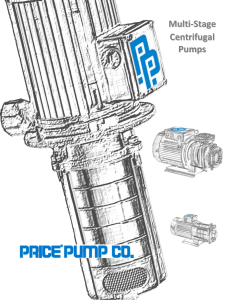Machining Guidelines for Tungsten
advertisement
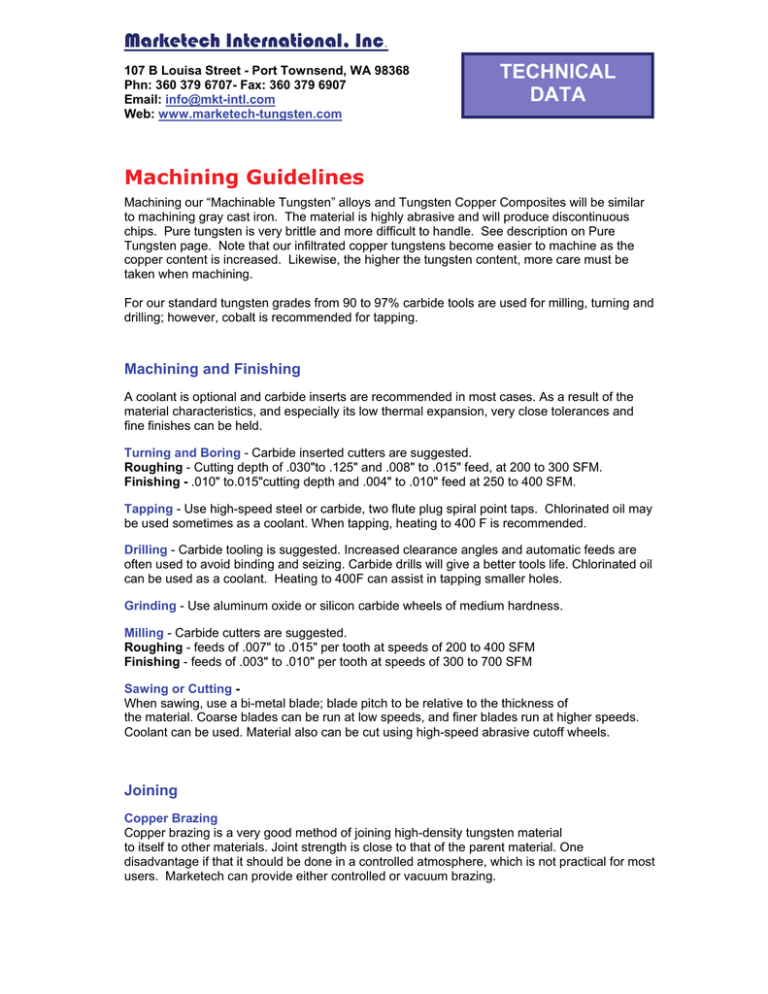
Marketech International, Inc. 107 B Louisa Street - Port Townsend, WA 98368 Phn: 360 379 6707- Fax: 360 379 6907 Email: info@mkt-intl.com Web: www.marketech-tungsten.com TECHNICAL DATA Machining Guidelines Machining our “Machinable Tungsten” alloys and Tungsten Copper Composites will be similar to machining gray cast iron. The material is highly abrasive and will produce discontinuous chips. Pure tungsten is very brittle and more difficult to handle. See description on Pure Tungsten page. Note that our infiltrated copper tungstens become easier to machine as the copper content is increased. Likewise, the higher the tungsten content, more care must be taken when machining. For our standard tungsten grades from 90 to 97% carbide tools are used for milling, turning and drilling; however, cobalt is recommended for tapping. Machining and Finishing A coolant is optional and carbide inserts are recommended in most cases. As a result of the material characteristics, and especially its low thermal expansion, very close tolerances and fine finishes can be held. Turning and Boring - Carbide inserted cutters are suggested. Roughing - Cutting depth of .030"to .125" and .008" to .015" feed, at 200 to 300 SFM. Finishing - .010" to.015"cutting depth and .004" to .010" feed at 250 to 400 SFM. Tapping - Use high-speed steel or carbide, two flute plug spiral point taps. Chlorinated oil may be used sometimes as a coolant. When tapping, heating to 400 F is recommended. Drilling - Carbide tooling is suggested. Increased clearance angles and automatic feeds are often used to avoid binding and seizing. Carbide drills will give a better tools life. Chlorinated oil can be used as a coolant. Heating to 400F can assist in tapping smaller holes. Grinding - Use aluminum oxide or silicon carbide wheels of medium hardness. Milling - Carbide cutters are suggested. Roughing - feeds of .007" to .015" per tooth at speeds of 200 to 400 SFM Finishing - feeds of .003" to .010" per tooth at speeds of 300 to 700 SFM Sawing or Cutting When sawing, use a bi-metal blade; blade pitch to be relative to the thickness of the material. Coarse blades can be run at low speeds, and finer blades run at higher speeds. Coolant can be used. Material also can be cut using high-speed abrasive cutoff wheels. Joining Copper Brazing Copper brazing is a very good method of joining high-density tungsten material to itself to other materials. Joint strength is close to that of the parent material. One disadvantage if that it should be done in a controlled atmosphere, which is not practical for most users. Marketech can provide either controlled or vacuum brazing.
